
索拉纳 (SOL) 是什么, 以及它是如何运作的
索拉纳(SOL)因其速度和可扩展性在加密货币世界中日益受到欢迎。它正在迅速赶上已建立的区块链,并吸引了投资者的兴趣。
但是索拉纳到底是什么,其功能的基础是什么?本指南将深入探讨索拉纳的历史、目的、特点和投资潜力。
索拉纳的历史
2017年,曾担任高通执行官的Anatoly Yakovenko提出了索拉纳的概念。南加州海岸的一个小镇启发了这个名字。Yakovenko想要一个更快、更可扩展的区块链网络,以解决现有网络的局限性。
索拉纳位于加利福尼亚州旧金山,索拉纳实验室的总部设在那里。索拉纳于2020年3月推出,这是区块链技术发展的重要一步。
索拉纳是什么?
索拉纳是一个建立在速度和价格实惠基础上的区块链网络。索拉纳的目的是促进智能合约和dApps的创建。这种多功能性使其在DeFi、NFT等方面非常有用。
索拉纳是用Rust语言编写的,以其性能和内存安全性而闻名。它还支持C/C++,这使开发人员可以利用其技能来完成索拉纳生态系统中的特定任务。
索拉纳在其自己独立的区块链网络上运行,以SOL作为其本地代币,并为其运营提供基础设施。它作为一个独立的生态系统运作,独立于任何其他现有的区块链网络。
索拉纳的总供应量为5.76亿个代币,但目前只有约4.487亿个在流通。其余的代币将逐渐释放。
索拉纳没有固定的最大供应量。相反,它有一个逐年递减的固定通胀率。当前通胀率为8%,并作为奖励分发给抵押其SOL代币的用户。
索拉纳如何运作?
与通常依赖工作量证明机制的传统区块链不同,索拉纳采用另一种方法。它结合了两种机制:
- 权益证明 它允许验证者通过抵押SOL代币来保护网络。这些验证者被委托添加新的区块到区块链,并因其贡献而获得奖励。
- 历史证明 这是一种创新的交易时间戳机制。PoH对网络上的所有事件进行时间戳,形成其顺序的可验证记录。它消除了验证者之间的通信需求,并提高了交易处理速度。
这些机制的结合是索拉纳声誉卓著速度的关键因素。当然,它还使用其他技术方面,这些技术方面有助于其效率,但PoS和PoH起着关键作用。
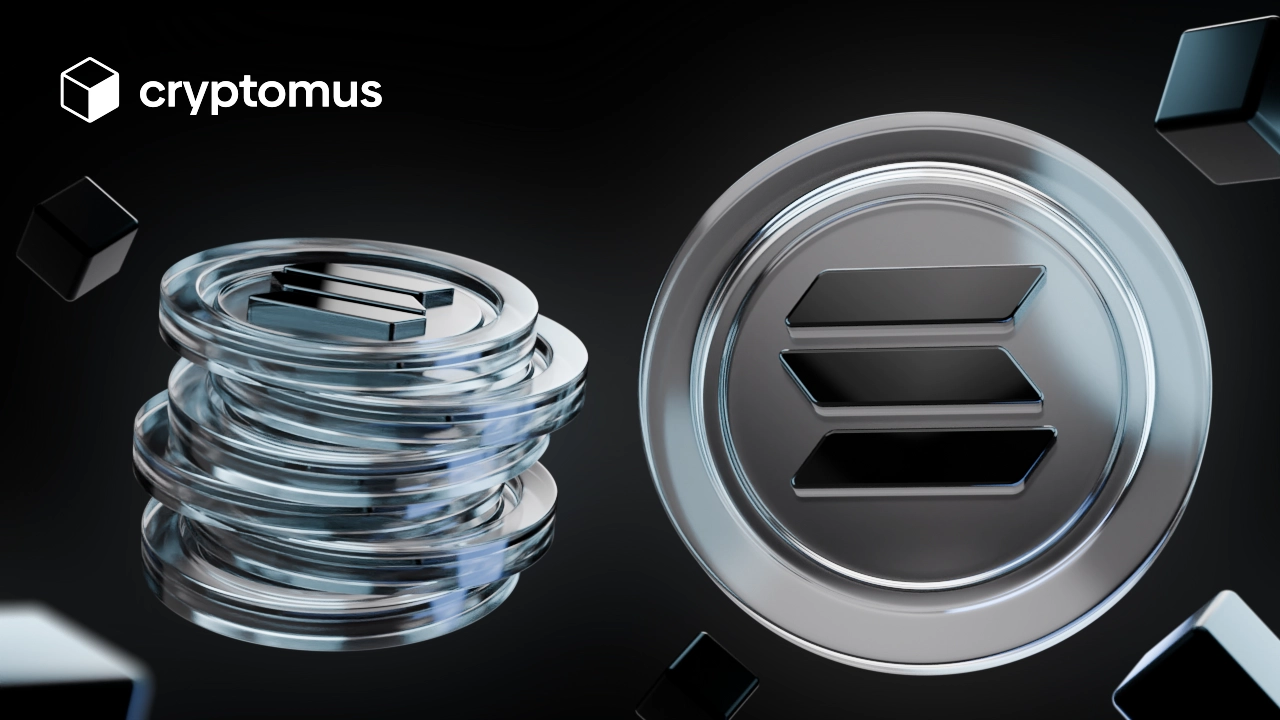
索拉纳的独特特点
正如我们已经提到的,索拉纳在处理交易方面表现出色。使索拉纳独特的是其技术的组合,主要是其使用PoH机制。这导致交易速度和效率显着提高,使索拉纳能够处理大量交易。
但索拉纳的功能不仅限于处理交易。它还为开发人员提供了构建各种应用程序的机会:
- DeFi 开发人员可以在索拉纳网络上构建DeFi平台。
- NFT 由于其快速速度和低费用,索拉纳有助于创建和销售NFT。
- 索拉纳支付 它允许商家通过索拉纳网络接受和进行直接的加密货币支付。支付通常以稳定币的形式进行,这使企业可以避开高额的处理费用。
- 区块链游戏 索拉纳经过优化,可以创建区块链游戏,包括Web3游戏。它甚至与游戏行业的巨头FTX和Forte合作过。
如何使用索拉纳?
索拉纳是一个为解决其他区块链的可扩展性和交易成本限制而创建的高速一级区块链。
使用SOL代币有多种方式。您可以将索拉纳用于构建和操作各种dApps,涵盖金融、游戏和社交媒体等领域。SOL代币用于支付交易费用、控制网络和抵押。
索拉纳提供了多种用户用例。您可以将其用于日常支付,或者用于交易其他加密货币。它甚至可以作为一种储蓄来源,让您通过抵押SOL代币来赚取利息。
要开始使用这些功能,您需要一个索拉纳钱包来存储您的代币并与网络交互。个很好的钱包选择是Cryptomus,您可以按照以下步骤开始使用:
- 创建账户
- 验证您的账户
- 存入资金
- 购买SOL代币
- 存储或交易您的代币
欲了解更多信息,我们在加密货币用例上有一篇相关文章。
索拉纳是否是一个好的投资
索拉纳可以被认为是一个不错的投资选择,因为它具有高吞吐量和低交易成本。其交易速度是一个主要优势,使其有可能挑战以太坊的主导地位。
另一个需要考虑的因素是索拉纳的增长。索拉纳的市值曾在2024年3月达到81.1亿美元的最高水平。这超过了此前在2021年11月创下的77.9亿美元的最高水平,表明投资者对索拉纳潜力的信心强劲。但是,它的市值仍远远小于以太坊。
此外,索拉纳提供了抵押,使您能够通过锁定来赚取更多的SOL代币。如果您相信这种加密货币的潜力,那么这为在索拉纳上进一步获利的投资增添了另一层可能性。
想要学习如何进行有利可图的抵押吗?我们有一篇关于索拉纳抵押的指南。
尽管如此,加密货币市场仍然是一个风险高且波动大的地方。以下是需要牢记的几点:
- 市场表现 SOL的价格曾经历了显著的变化,因此在投资之前评估历史价格数据和趋势至关重要。
- 监管 加密货币的监管方面不断发展。您应该及时了解可能影响索拉纳未来的所有法规。
- 网络故障 索拉纳在过去曾经历过这样的挑战,尽管网络已经改进,但这仍然是一个需要考虑的风险。
总而言之,我们已经探讨了索拉纳是什么以及它是如何运作的。它结合了PoH和PoS来克服其他网络的技术缺陷,提供更高的交易率、速度和成本效率。
感谢阅读!您对索拉纳有什么想法?让我们在下方的评论中讨论吧!
给文章评分
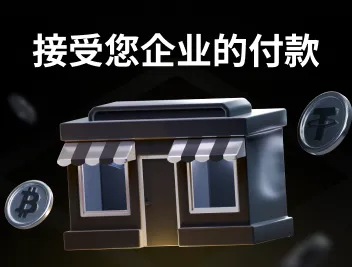
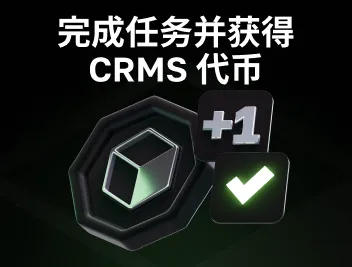
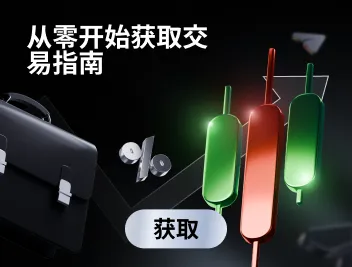
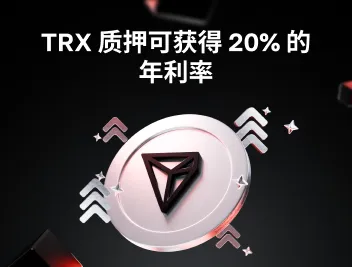

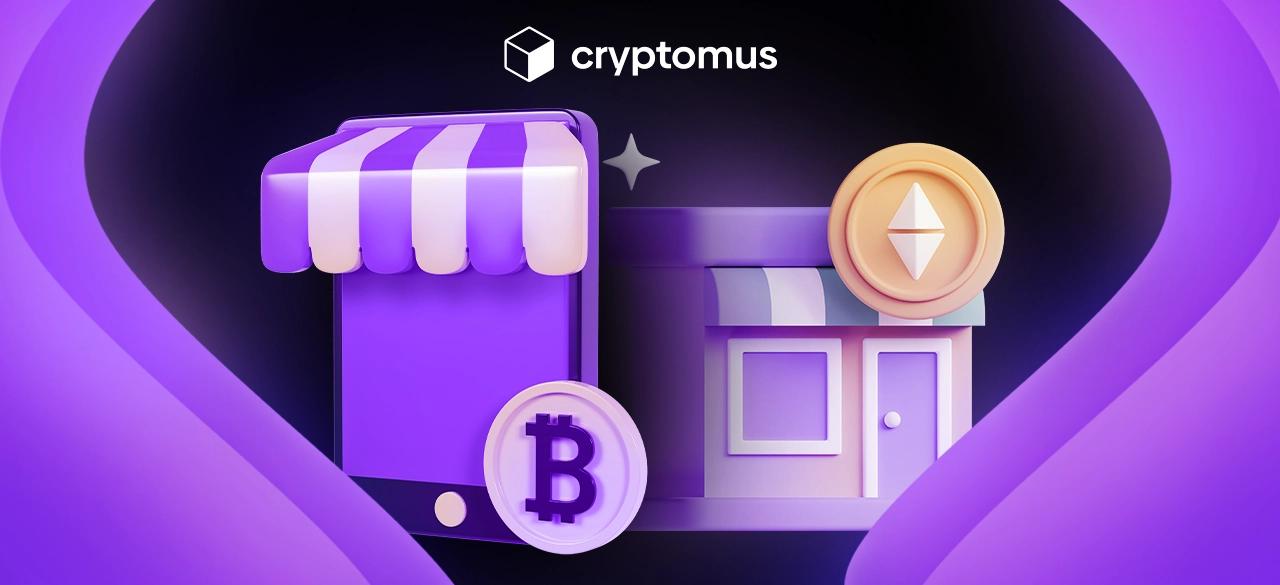


评论
0
您必须登录后才能发表评论